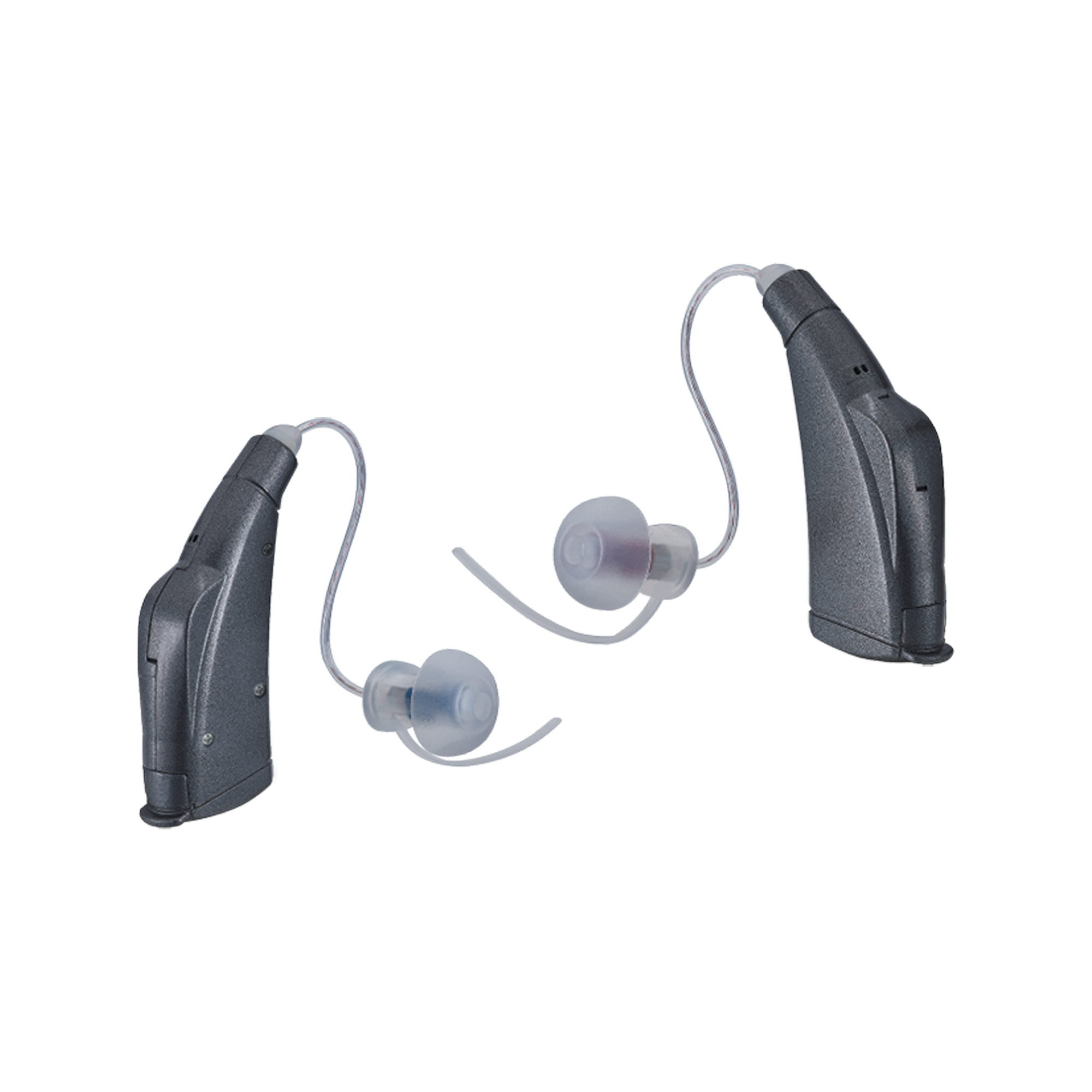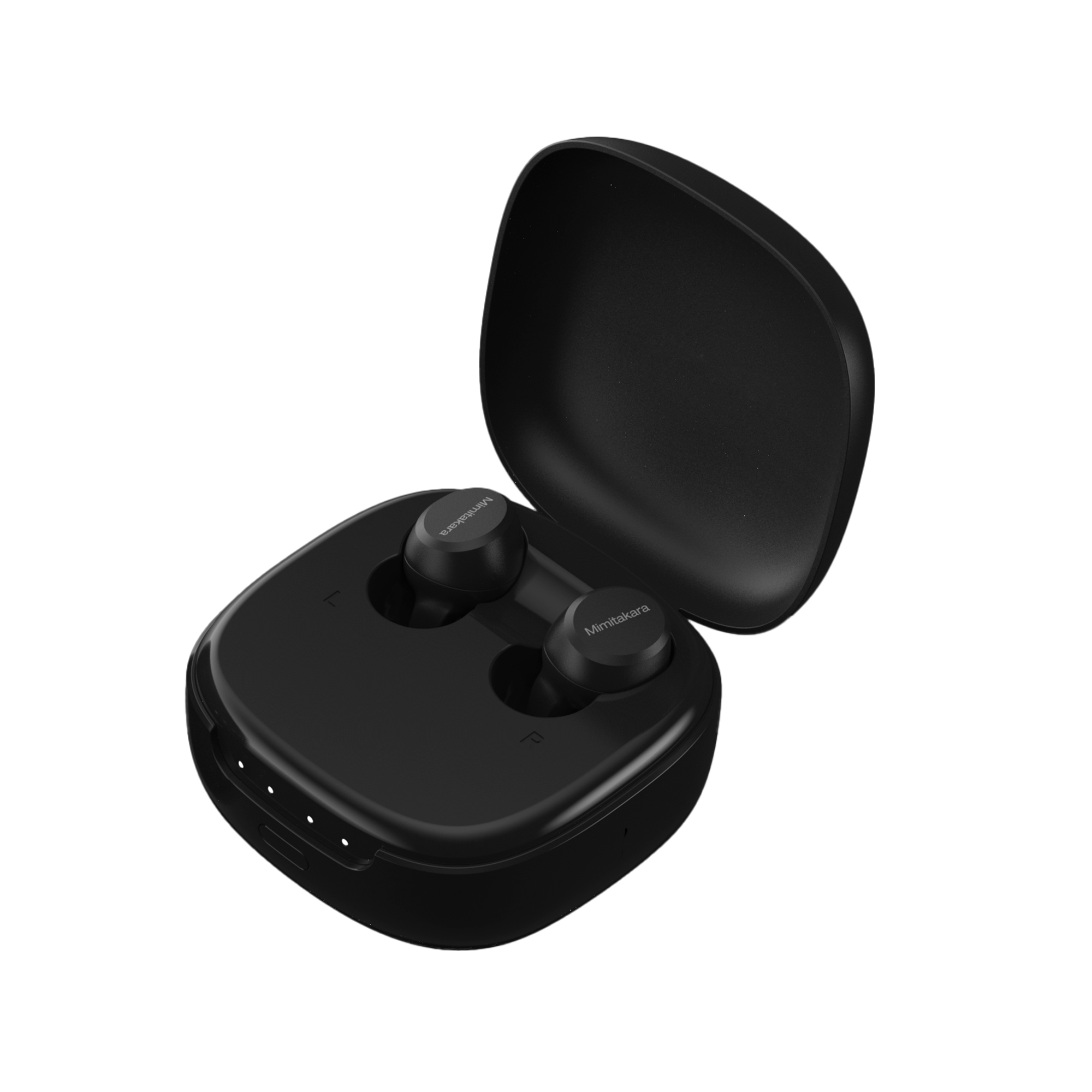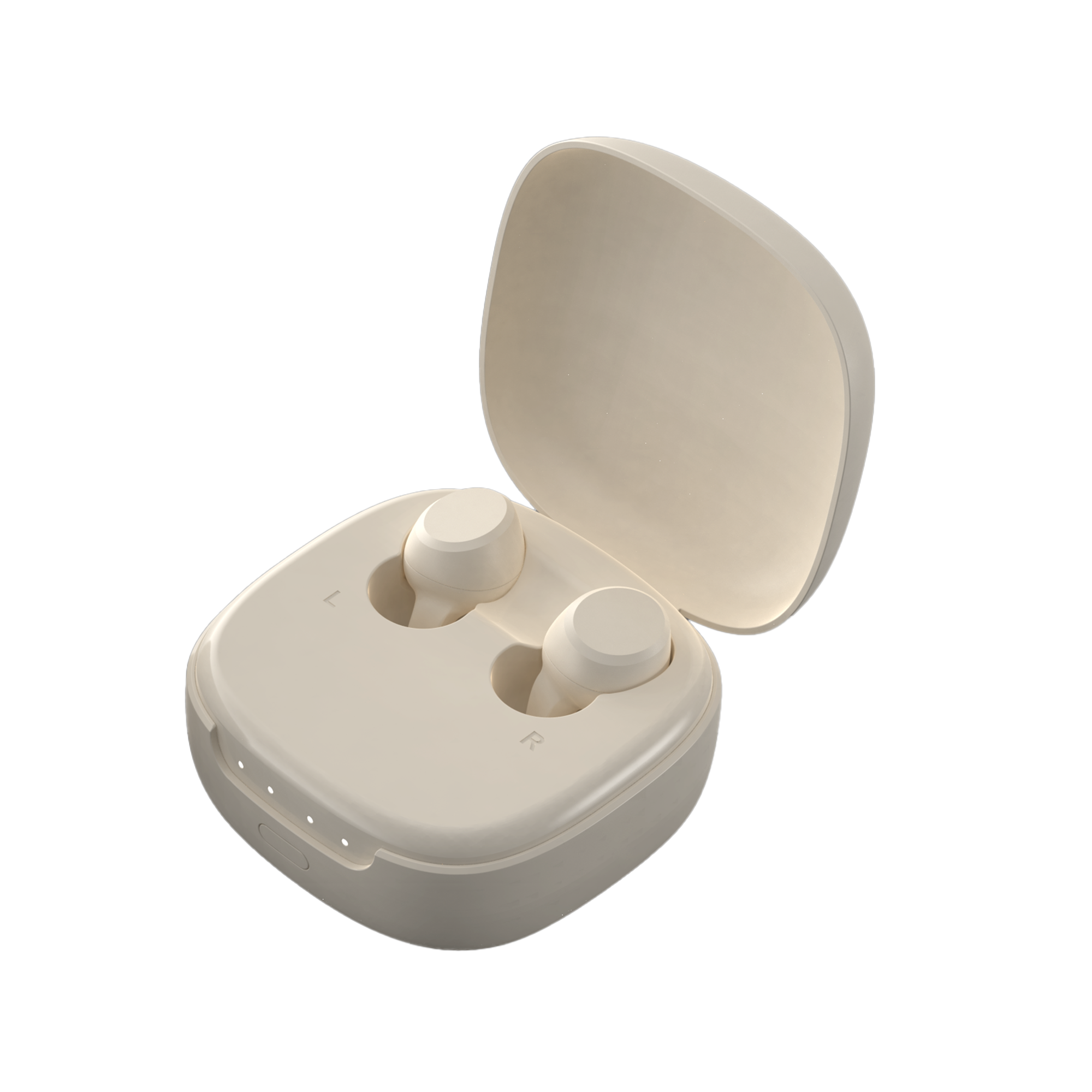The advent of OTC hearing aid marks a pivotal moment for individuals experiencing hearing loss. It offering a prescription-free pathway to improved auditory experiences.With FDA approval, these devices promise accessibility and challenge traditional norms of acquiring hearing aids through rigorous medical assessments. This shift underscores the importance of user empowerment in managing hearing health, emphasizing customization, ease of use, and daily life integration. However, proper guidance on usage, maintenance, and follow-up is crucial for optimal performance and user satisfaction.
Embarking on the journey of using OTC hearing aid entails more than just the purchase. It requires familiarizing oneself with the user manual to understand the functionalities and limitations of the device. The process of fitting and adjusting the hearing aid to one’s specific ear shape and sound quality preferences is crucial for a custom fit and maximum efficacy. Adaptation period, maintenance routines, and consistent follow-up are also key components that play a significant role in the overall experience. This article aims to provide a comprehensive guide on what new users should know post-purchase, covering everything from proper setup and adjustment to maintenance and care, ensuring users can navigate their way to an enhanced listening experience.
Familiarize Yourself with the User Manual
Why it's Important
When individuals purchase an OTC hearing aid, they are stepping into a realm where personal responsibility for device management is paramount. The user manual is not just a booklet; it's a comprehensive guide that ensures the safety and effectiveness of the hearing aid. The FDA mandates that these manuals include essential information on the symptoms of mild-to-moderate hearing loss. They also advise seeking professional consultation if the device does not meet the user's needs. Moreover, incorrect usage of these devices can lead to potential hearing damage. This can occur due to misunderstanding or neglect of the manual, especially since some devices allow high-volume settings that could be harmful.
Key Sections to Focus On
The user manual contains critical sections that users must pay attention to optimize their hearing aid experience and maintain safety. First, it's crucial to understand the device setup and adjustment processes. Manuals often include specific instructions on how to insert, fit, and remove the hearing aids. These instructions are vital to preventing discomfort or damage to the ear. Additionally, the manual provides guidance on pairing the device with other digital devices like smartphones for media streaming. This feature enhances the user's experience.
Maintenance is another crucial area covered in the user manual. Users should familiarize themselves with the cleaning, disinfecting, and part replacement procedures to ensure the hearing aid's longevity and performance. Information on troubleshooting and reprogramming the device is also typically included, which empowers users to handle common issues without needing professional help.
Lastly, it is advisable for users to know where to find support. The manual often lists contact information for customer support centers that can assist with unexpected device performance issues. This ensures that users have quick access to help whenever it might be needed, enhancing overall user satisfaction and device reliability.
Properly Fit and Adjust Your OTC Hearing Aid
Steps for a Comfortable Fit
Hearing aids are designed to fit snugly in your ear without causing discomfort or irritation, allowing for all-day wear. For those with behind-the-ear (BTE) models, the hook should comfortably contour over the ear, and the tubing must be of adequate length to ensure the earpiece fits well in the ear canal. It's essential that the earpieces are customized to the unique shape of each ear, especially since the left and right earpieces might differ due to the natural asymmetry of ear canals.
When first wearing hearing aids, some initial discomfort is normal as the ears and brain adjust to new sensations. If discomfort persists, adjustments by an audiologist might be necessary. Proper handling is crucial; always have clean hands and use a soft surface to manage the hearing aids gently, avoiding any damage to sensitive components like the microphone or speaker.
Making Necessary Adjustments
To ensure optimal performance and sound quality, correctly positioning the hearing aid is critical. Position the earhook over your ear to match its contour, then carefully insert the earpiece into your ear canal, securing the device behind your ear. Make necessary adjustments to the earhook and tubing to avoid kinks and ensure a snug fit without pulling or pushing on the ear.
Start with the volume low. Gradually increase it to a comfortable level. Check for any unusual sounds or feedback. This might indicate a need for further adjustments.
Regular checks in a mirror can help confirm the device is positioned correctly. Ensure the tubing and earpiece are properly in place.
For those new to hearing aids, practice placing and removing them in front of a mirror. This practice helps familiarize with the process and ensures the hearing aid is set correctly each time. Adjustments might seem tedious initially, but they are vital for achieving the best sound quality and comfort.
Affordable OTC Hearing Aid at Mimitakara!
Give Yourself Time to Adapt
Understanding the Adaptation Process
When individuals first start using OTC hearing aid, they might encounter an adjustment period. During this time, the brain needs to reacclimate. It has to process sounds it hasn't effectively processed in a while. This period can be somewhat challenging as previously inaudible sounds become pronounced. It's not uncommon for new users to find their own voices strange or to be startled by the loudness of everyday noises. Over-the-counter hearing aids amplify sounds through a specific process. A microphone picks up sound, an amplifier increases the volume, and a receiver delivers these sounds directly to the ear. Adjusting to this new method of sound delivery takes time. This adjustment period typically ranges from a few weeks to a few months.
Tips for Easing the Adjustment Period
- Start Slowly: Initially, wear the hearing aids for just a few hours a day and gradually increase the duration. This gradual introduction helps the brain adapt without becoming overwhelmed.
- Reading Aloud: Engaging in activities like reading aloud in a quiet environment can be beneficial. This exercise helps users become accustomed to the sound of their own voice while wearing the hearing aids.
- Adjusting to Background Noise: Background noises may initially seem disruptive. With time, the brain learns to filter and prioritize these sounds, which is crucial for comfortable hearing in social and noisy environments.
- Regular Use: Consistency is key. Wearing hearing aids regularly allows the brain to adjust more quickly to the new auditory inputs. It's also helpful to start in quieter settings before moving to more noisy environments.
- Positive Attitude: Maintaining a positive outlook during the adaptation period can greatly enhance the adjustment experience. Embracing the new auditory world with curiosity rather than frustration can lead to a more enjoyable and swift adaptation.
Understand that this adaptation is a normal part of the hearing enhancement process. Follow these practical steps. Users can significantly ease their transition period. This leads to more effective and satisfying use of their OTC hearing aid.
Maintain Your Hearing Aid
Cleaning and Care Tips
Regular cleaning is crucial to ensuring optimal performance and longevity of OTC hearing aid. Users should gently use a soft brush to remove earwax and debris from exterior surfaces, including the battery compartment and microphone openings. A microfiber cloth is recommended for wiping the surface after each use to remove dust, oils, and moisture without scratching delicate components. Additionally, specialized wax removal tools can effectively clear earwax buildup from nooks and crannies without causing damage.
Battery Maintenance
Proper battery care is essential for maximizing the life and efficiency of hearing aid batteries. Batteries should be stored in a dry place at room temperature and avoid high-humidity areas, which can prematurely activate them. Before inserting a new battery, users should wait approximately two minutes after removing the tab to allow full activation by air exposure. Removing the batteries and opening the battery compartment at night can prevent moisture buildup and extend battery life.
Proper Storage Practices
Storing OTC hearing aid in a cool, dry place away from direct sunlight and heat sources is vital for maintaining their integrity. Users should consider using protective cases or containers specifically designed for hearing aids to minimize exposure to environmental elements. Additionally, employing a dehumidifier or desiccant drying capsules can be beneficial. Especially in humid climates, to remove excess moisture and prevent internal condensation. Regular inspections for signs of damage and using protective accessories during physical activities can further protect the devices from moisture and heat.
Conclusion
This comprehensive exploration underscores the significant role OTC hearing aid play in enhancing auditory experiences for individuals with mild to moderate hearing loss. It emphasizes critical steps for optimizing their use. These include familiarizing myself with the device manual, achieving a proper fit, and performing routine maintenance and adjustments. This article equips users with the essential knowledge to navigate the journey toward improved hearing. It also highlights the necessity of patience and perseverance during the adaptation period, ensuring a smoother transition and a more satisfying auditory experience.
The journey with OTC hearing aid is one of personal responsibility and proactive engagement in one's auditory health. Understanding the adjustment process, committing to regular maintenance, and seeking support when needed are foundational to leveraging the full potential of these devices. As we conclude, remember that the path to enhanced hearing is iterative and requires time to adjust fully. With the insights provided, users are better positioned to maximize the benefits of their OTC hearing aid, opening up a world where sound is not only heard but vividly experienced.
FAQs
What should I anticipate when I begin using a hearing aid?
After you start using your hearing aid, you may find it unusual or even overwhelming to hear sounds that were previously inaudible to you. Some sounds may appear louder than expected or sound unfamiliar. Initially, this might be uncomfortable, but try to remain patient and continue using the hearing aid.
How can I determine which over-the-counter (OTC) hearing aid is right for me?
To find out if OTC hearing aids are suitable for you, it's advisable to consult an audiologist for a thorough hearing assessment. This evaluation will help determine the extent of your hearing loss and identify which part of your ear—whether it's the outer, middle, or inner ear—is affected.
What can I expect during my initial experience with a hearing aid?
In the beginning, the sounds amplified by your hearing aids might sound sharp, metallic, or unnatural. This is because your hearing aids are amplifying high-frequency sounds that you have been missing or hearing differently over the years. It may take some time to adjust to these new auditory experiences.










